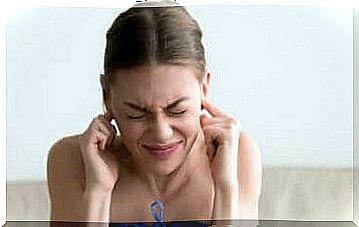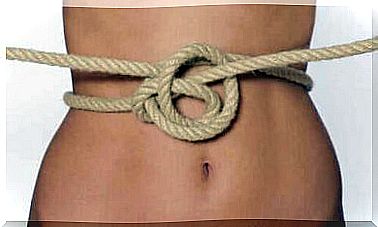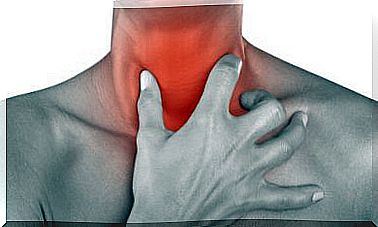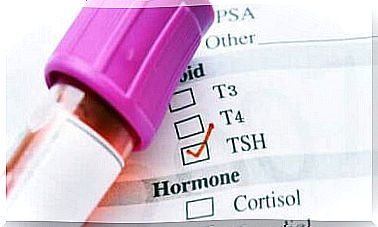Home Remedies For Wasp Stings

The pain caused by wasp stings usually gets better on its own after a few hours. However, some people need a remedy to relieve it as it can be very painful. Fortunately, as long as there are no signs of an allergic reaction, this is something you can easily fix at home.
If you have an allergic reaction to a wasp sting, you should seek immediate medical attention as there is a risk of anaphylactic shock. This is a serious reaction that can cause various problems such as:
- skin rash.
- breathing difficulties.
- dizziness.
- other complications that can lead to death.
Fortunately, this type of reaction is not common. Most of the time, the discomfort of a sting can be treated naturally with home remedies and basic care. Below we explain some useful solutions.
Useful Remedies for Pain Caused by Wasp Stings
If you experience pain from a wasp sting, it is important to know the correct way to respond.
- The first thing to do is to check if the stinger is still in your skin.
- If so, remove it gently and scrape your skin lightly with the edge of a bank card.
- Next, you should clean the area with warm water and neutral soap. If you have an antiseptic, now is a good time to use it.
But what can you do about the pain and swelling? After a few minutes, you may experience a burning sensation and pain.
To relieve these symptoms, you can use some remedies with natural ingredients. However, keep in mind that they only provide temporary relief and are not always effective. Most remedies stem from popular beliefs that they work. However, there is not always evidence of their effectiveness in these symptoms.
Cold compresses

A cold compress is a good option to reduce the pain caused by wasp stings. You should use it on the affected area once you have disinfected the skin.
According to a publication from the Rochester University Health Library , the cold reduces pain by numbing the affected part of your body. In addition, it helps reduce swelling.
How do you use them?
You have two options for using this remedy.
- The first is to wet a towel with cold water and place it in a zip-up bag. Then put it in the freezer for 15 minutes. Then hold it against the affected area.
- Another option, which is faster than the first, is to wrap an ice cube in a towel or cloth. Use it immediately to gently massage the area where the sting was.
Essential oils
To date, there is no evidence linking essential oils to relieving the pain caused by wasp stings. However, many people have used them as a calming and antiseptic remedy.
According to a study published in Evidence-Based Complementary and Alternative Medicine, essential oils have antimicrobial properties that reduce the risk of infection.
How do you use them?
- For starters, you can choose from several options, such as tea tree, lavender, or rosemary oil, which are known for their antiseptic and antibacterial properties.
- Once you’ve made your choice, mix one or two drops with half a teaspoon of a carrier oil, such as olive or coconut oil.
- Then rub the mixture on the affected area two or three times a day.
aloe vera gel
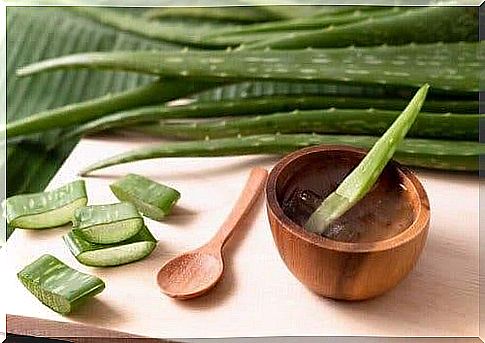
Aloe vera gel is not only a safe ingredient for your skin, but also a great treatment to reduce inflammation and pain caused by wasp stings.
A study published in the medical journal Pharmacognosy Reviews indicates that aloe vera extracts have anti-inflammatory and antibacterial properties. For this reason, it can be good for combating your symptoms.
How do you use it?
- First, remove some fresh aloe vera gel from the plant.
- Then rub it on the affected area for two or three minutes.
- Repeat this two or three times a day.
What else helps to relieve pain from wasp stings?
In addition to the remedies we have mentioned, you can also use other measures to reduce the pain caused by wasp stings.
- For example, according to information from the Mayo Clinic, you can use hydrocortisone cream or take an antihistamine. Both options reduce redness and itching.
- Calamine lotion and over-the-counter nonsteroidal anti-inflammatory drugs (NSAIDs) are also good options. Be sure to follow the doctor’s or pharmacist’s instructions when taking NSAIDs.
If the symptoms do not improve or even get worse, it is always best to seek medical attention. This always applies to wasp stings in the mouth or multiple stings.
